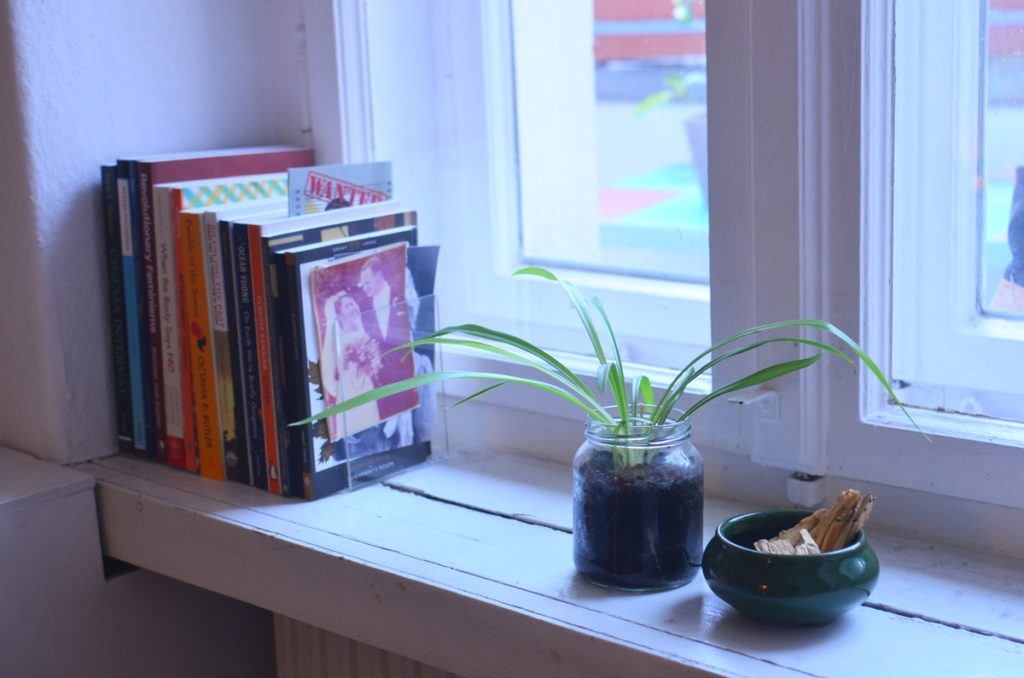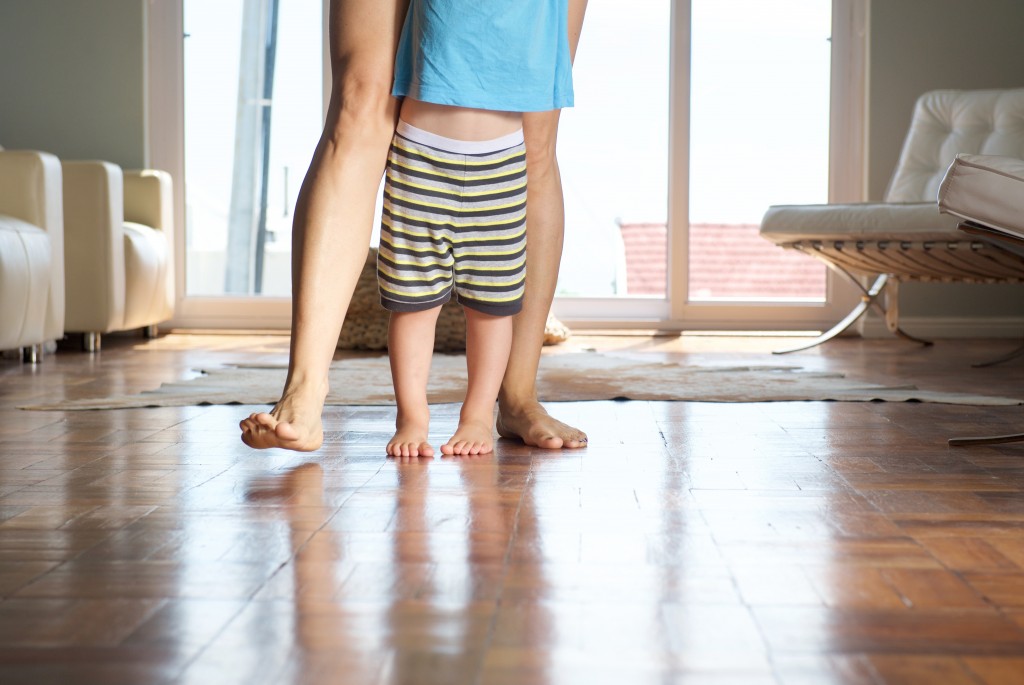Statistics show that every year, around 2,000 children below age 14 die as a result of a home injury. Leading causes of unintentional home injury fatalities include falls, choking, suffocation, fire and burns, poisoning, and drowning.
The good news is that the risk of injury can be lowered or prevented by childproofing your home. Follow these tips to improve home safety.
Furniture
Ensure your furniture are properly assembled and arranged. To protect your toddler from wobbly furniture, use wall straps to secure the item to the wall. Things like your TV, shelves, or tables must be sturdy enough so your child won’t be able to pull it down or knock it over.
Additionally, remove furniture with sharp corners from hallways and near doorways where children like to play or run around. If possible, choose furniture with rounded edges or corners to prevent accidents.
Windows

Children five years or younger can easily climb and fit through a window opening. To prevent your kid from tumbling out, install window stops or wedges that restrict windows from opening too wide. This way, you can keep your child safe without sacrificing ventilation. You might also consider a mesh window guard to cover the lower part of the window or child-proof locks for maximum security.
Kids can easily run into glass windows and doors when they’re playing at home. To prevent instances of injuries from broken glass, install safety glass or apply shatter-resistant film to doors and windows.
As much as possible, avoid blinds and curtains with cords as these can result in entanglement and strangulation. Research shows that since 1990, over 271 child deaths were associated with cord entanglement. Consider installing cordless window coverings such as shutters or motorized blinds. Otherwise, shorten or move window cords up and away to keep them out of sight and reach from children. You can also install window cord cleats to wrap up the excess cords.
Flooring
Your flooring plays a key role in keeping your child safe from falls and slips. Appropriate care and cleaning will protect your flooring from wear and damage. When neglected, splinters can appear in hardwood floors and hurt your children’s bare feet. Dirty floors are also breeding grounds for germs and make your little ones sick.
While rugs and carpets are ideal for softer flooring, mold, mildew, and dust mites can quickly accumulate on them and trigger asthma or allergies. Some carpets also contain toxic chemicals that could put your child’s health at risk.
To childproof hard floors without setting off other diseases, apply slip-resistant epoxy classroom flooring solutions. These are durable and customizable coating options that can withstand stains, chemicals, and heavy foot traffic while adding aesthetic value to the room.
Although our homes are where we feel safest, they’re also where many accidents happen. Apart from providing a safe environment, you can prevent home injuries by teaching your child about basic safety rules. By promoting home safety, you can provide a secure space for your kids to explore and grow.


